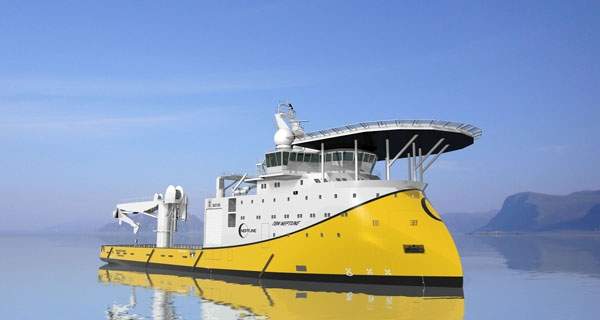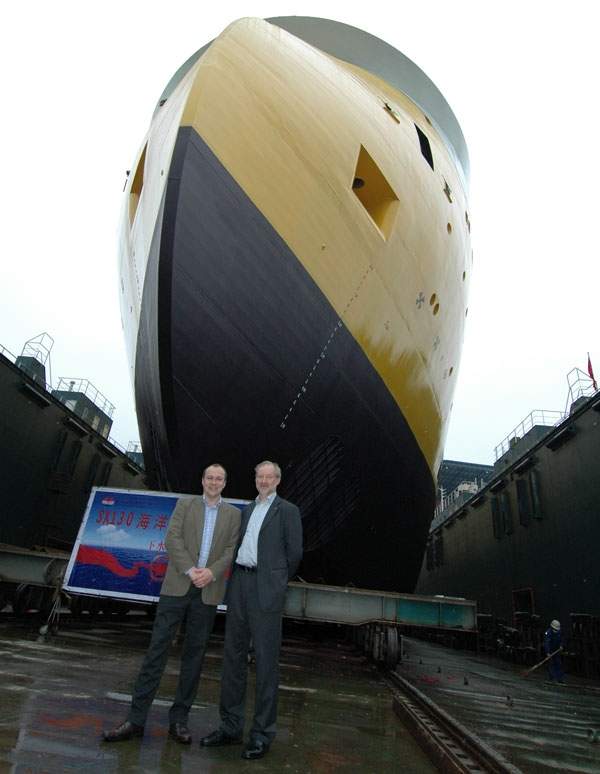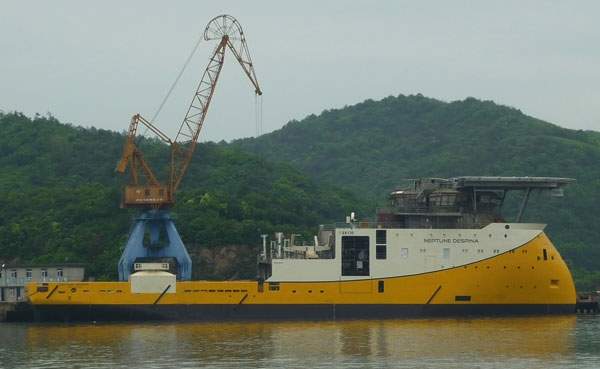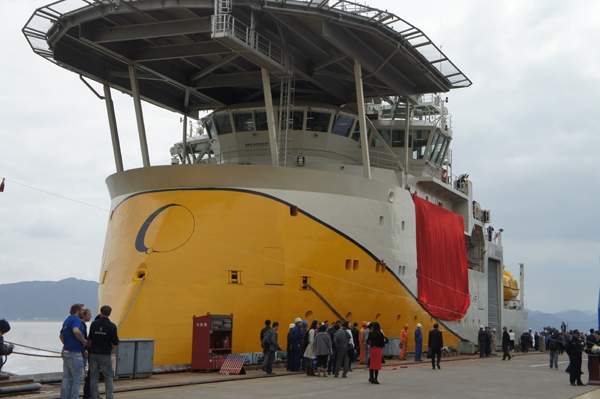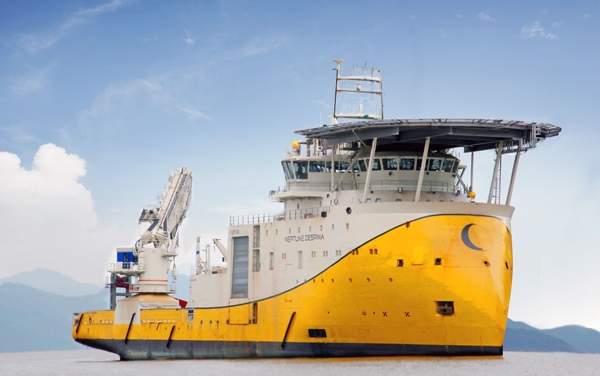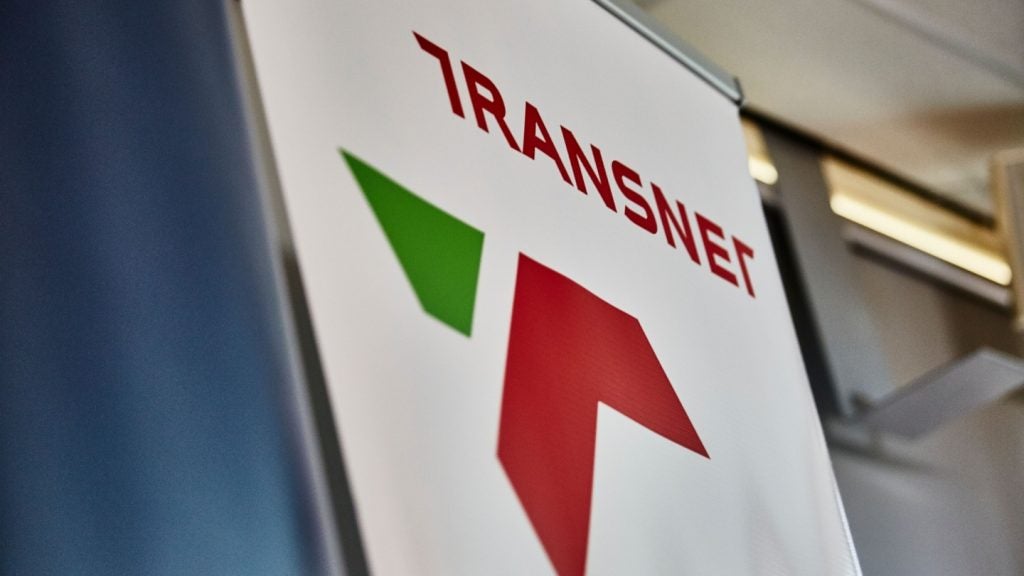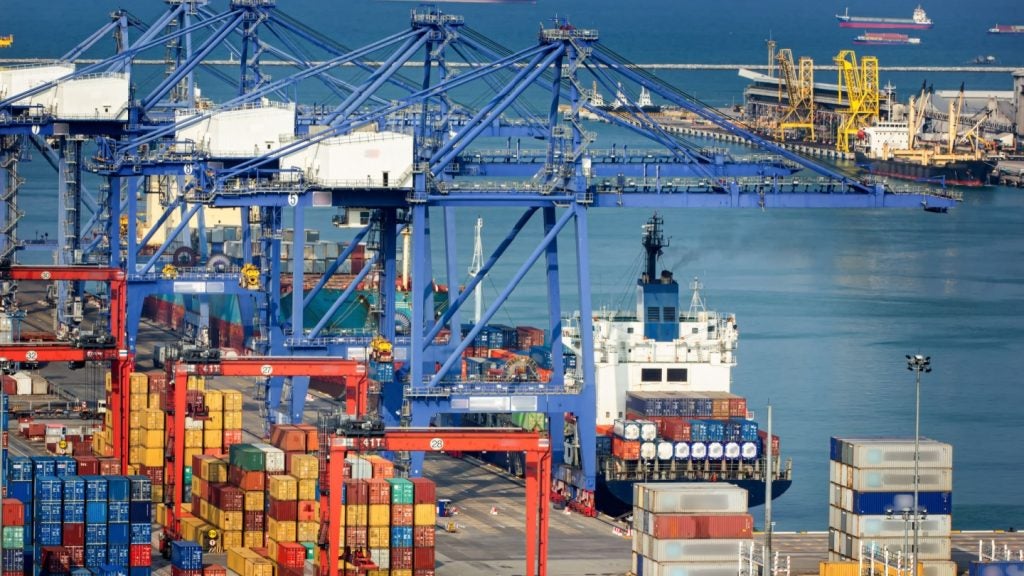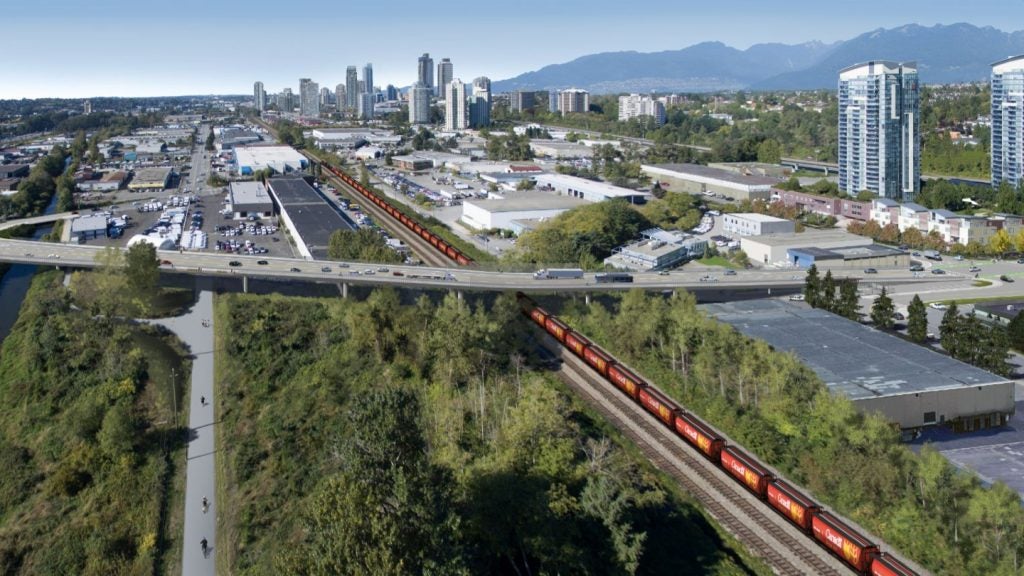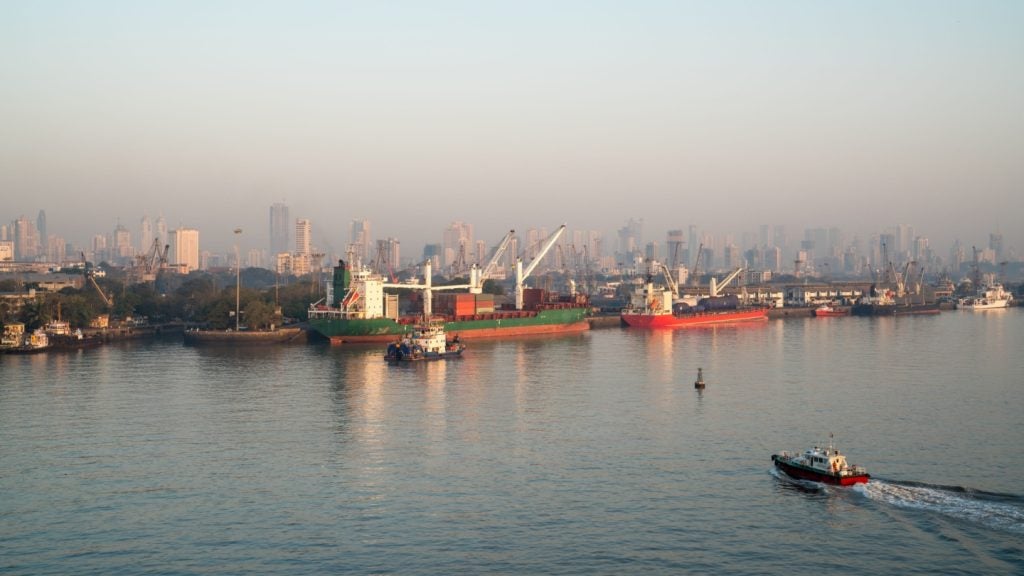Neptune Despina and Neptune Larissa are offshore supply vessels (OSV) fabricated by Sinopacific Ship Building to undertake inspection, maintenance and repair (IMR) operations in deep water around the world. The first vessel, Neptune Despina, was handed over to her owner Neptune Offshore in October 2011. The second vessel, Neptune Larissa, will be delivered in the second half of November 2011.
The construction contract for the two vessels is being undertaken by Sinopacific’s Zhejiang shipyard in Ningbo, China.
Ulstein Group, a company that is engaged in ship designs, shipbuilding and system solutions for ships, was contracted by the shipyard in April 2008 to provide design and equipment packages for the two vessels.
The design package includes naval architect services, class drawings and detailed engineering.
The supply of equipment package includes products such as propulsion plants including generators and thrusters, automation systems, switchboards, bridge and control room consoles, integrated alarm and surveillance (IAS) systems, integrated IP (Internet Protocol) based communication systems and navigation equipment.
Construction timeline for the offshore supply vessels
A contract for the construction of the two vessels was awarded to Zhejiang shipyard in February 2008. The keel for the first vessel was laid in April 2009. The vessel was launched in May 2010 and underwent sea trials in April 2011.
Prior to the delivery of Neptune Despina, a joint naming ceremony for both the vessels was held at the shipyard in China on 26 October 2011.
Design and dimensions of the twin inspection, maintenance and repair vessels
The twin IMR vessels are of the Ulstein SX130 ship design series developed by Norwegian ship design company Ulstein Design.
The SX130 series represents a high-end OSV that can be deployed to perform IMR of offshore facilities. The vessels are designed to inspect, repair and install equipment at water depths of 4,000m.
The two vessels are incorporated with Ulstein’s exclusive X-Bow hull design with inverted bow to assist ships in rough waters and reduce fuel consumption. This unique hull design offers higher transit speed and ensures steady navigation and operations in adverse weather and offshore conditions.
Unlike conventional bow flare, the vessel’s inverted bow shape allows her to reduce pitching, interior noise and vibrations. It also ensures gentle entry into waves.
In order to achieve a full, unobstructed 360º field of vision, the exhaust is passed through the catalytic reactors and the residues are aired out from the ship-side near the waterline, thus freeing space in the wheelhouse.
A large moon pool measuring 7.5m x 7.2m is provided for installation of equipment on the sea floor. The vessels also feature an integrated ROV (remotely operated vehicle) hangar that can be prepared for two launch and recovery systems (LARS) for work class ROV.
The vessels are provided with a helicopter deck that can support operations of Sikorsky S92 helicopter. Pop-up nozzles are spread all over the deck for fire-fighting. Ulstein IAS system is provided for helicopter monitoring. Fixed and portable air band VHF and Telesupply Beacon are provided for communication.
Gross registered tonnage (GRT) of each vessel is 7,000t. The vessels can cruise at a speed of approximately 15kt.
Deadweight (DWT) is 4,700t. Overall length of the vessels is 98.6m, while length between perpendiculars is 91.8m. Moulded breadth is 190m and moulded depth is 8m. Scantling draught and design draught are 6.6m and 6m respectively.
Cargo capacity and deck equipment onboard the Neptune Despina and Neptune Larissa ships
Neptune Despina and Neptune Larissa feature a cargo deck measuring 935m2 in area. The vessels can store 1,650m3 of fuel oil, 1,000m3 of fresh water, 70m3 of lube oil, 2,250m3 of ballast water and 20m3 of sewage.
Both the IMR vessels are equipped with a 150t offshore crane, a 6t knuckle boom crane and a 6t provision crane. There are two tugger winches of 10mt pull capacity. The vessels are also provided with two capstans and a combined hydraulic windlass.
Propulsion and manoeuvring of the Norwegian OSVs built for IMR operations
The twin IMR vessels are fitted with five main diesel generator sets with combined output of 9,125kW.
There is also an emergency generator which can produce 250kW.
Propulsion is provided by two main azimuth thrusters. Each of these can produce 2,500kW of power at 800rpm. Side thrusters include two tunnel thrusters, each producing 1,200kW at 890rpm, along with an 850kW retractable azimuth thruster.
The vessels are equipped with Dynamic Positioning System (DPS) Class 2 control system. The system enables the vessels to automatically maintain their heading and position.

